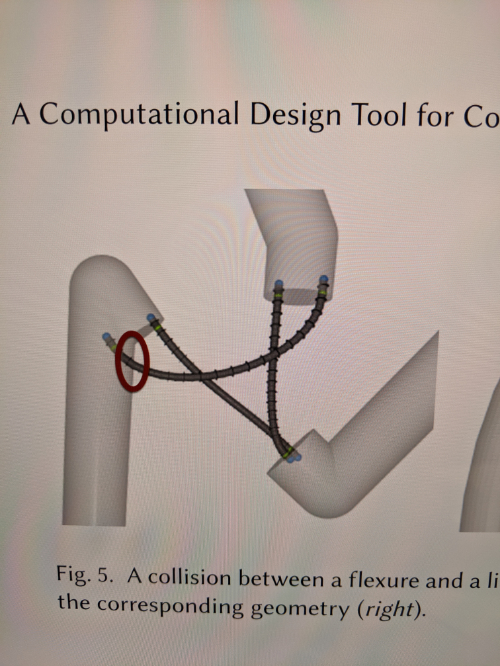

I did the vinyl cutter as soon as I saw an empty seat. I just pulled up a logo I made for a company in San Francisco from my laptop, and sent it to the printer. I picked the copper sticker for its beauty and preciousness.
For the laser cutter, I decided to try the program I made for the development of the final project and let the machine design a generic object for me.
This little app makes an SVG file with gears of varying random sizes.
GEAR MAKERThe Generator JS outputs a simple outline of gears that should be very easy to cut and assemble. Other than that, I figured that there has to be more to it, so I started researching what kind of automata can I make this way — first thought was the Theo Jansen's Strand Beast.
Then I came across this Disney research project, and I thought what can be done to follow through the machine-generated fabrication drawing, but still have a sense of natural, organic, lifelike motion and symbolism.
The paper they published gave me another perspective to what are possible paths that the fabrication can extend. What is the flexibility of the cardboard cutouts? How can I harvest the limitations to the advantage of the invention?
This is the pdf Disney Research released publicly.What strikes me in their work is the clever use of elasticity that allows avoiding the postfabricational work with joints.
SO i WAS WONDERING, IS IT REALLY POSSIBLE TO AVOID THE CONSTRUCTION WITH ELASTICITY?